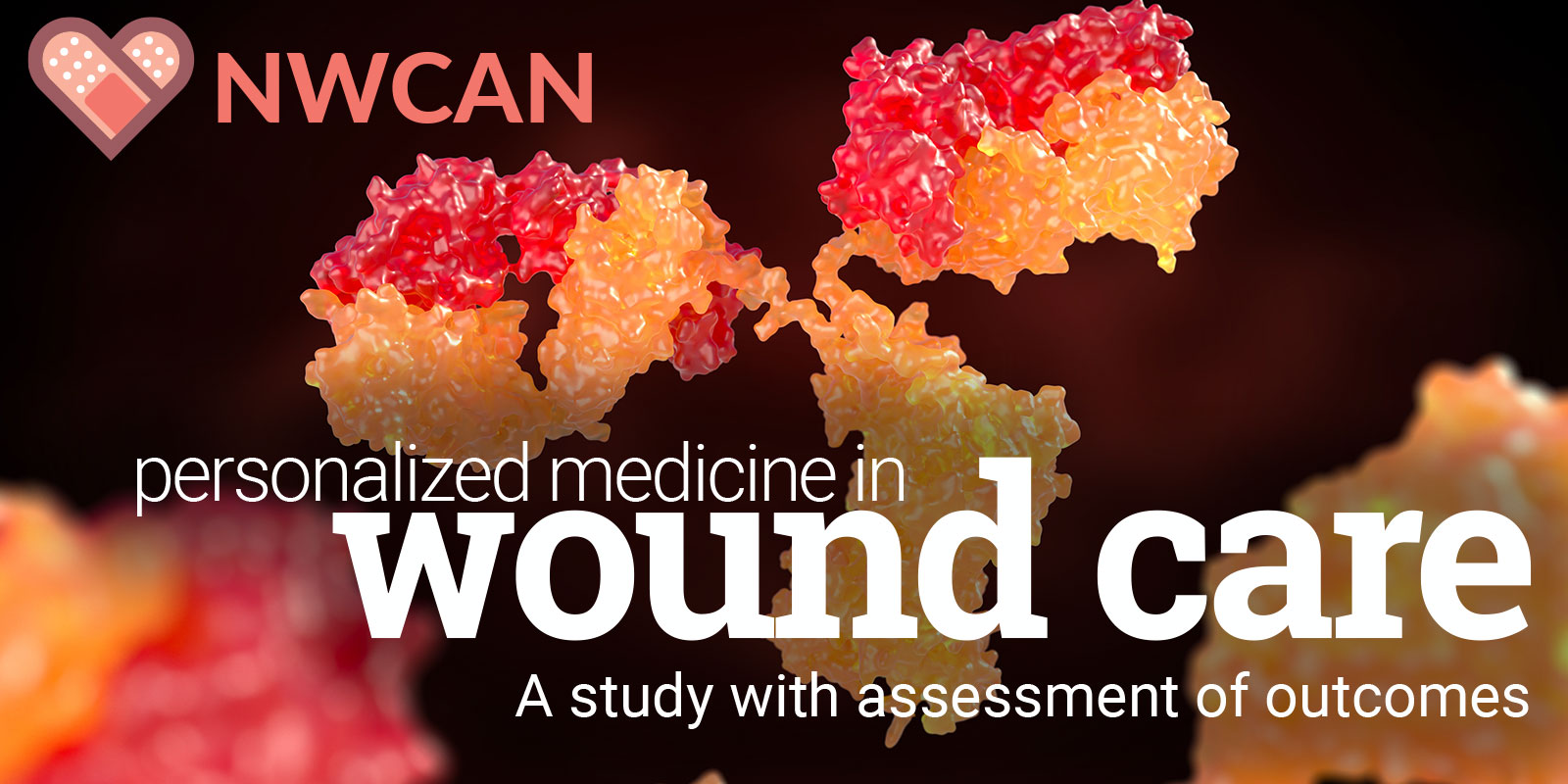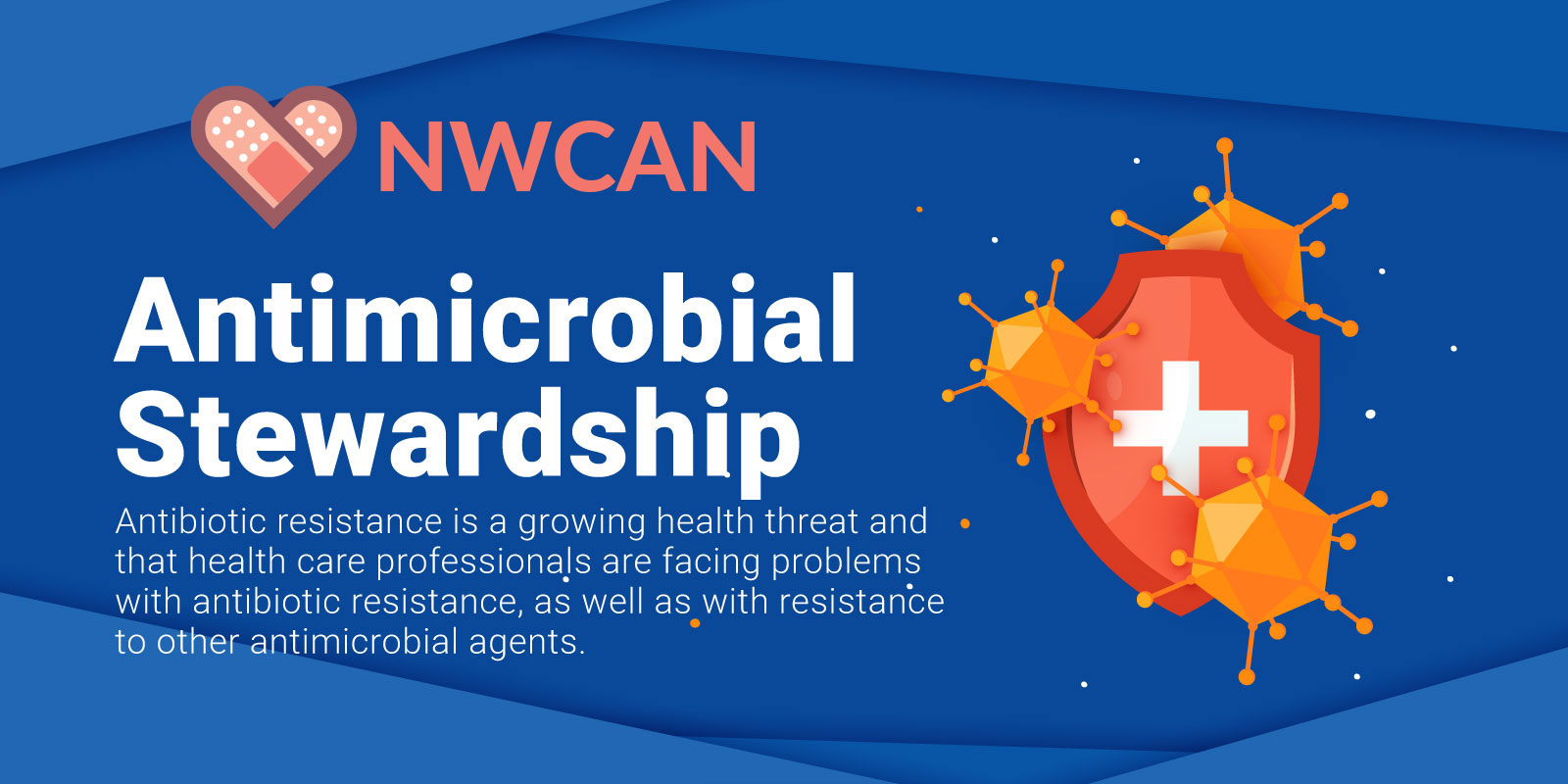Essential Practices: Maintaining Cleanliness and Regular Bandage Changes for Diabetic Ulcer Care
Diabetic foot ulcers, a prevalent complication of diabetes, can lead to severe outcomes if not adequately managed. The key to their treatment? Maintaining cleanliness and changing bandages consistently. Here’s why: Infection Prevention: Diabetic ulcers expose the deeper layers of the skin to bacteria and other microbes. Regular cleaning and sterile bandaging minimize infection risks, especially given the impaired immunity of diabetic patients. Promote Healing: Bandages maintain a wound’s ideal moisture level, fostering cell growth. However, if soiled, they can become a hotspot for bacteria. Changing them ensures an optimal healing environment. Monitor Ulcer Progress: Frequent cleaning and bandage changes allow
Executive Summery:
Executive Summery: Objective This large, level A, retrospective cohort study set out to compare healing outcomes in three large cohorts of wound patients managed universally for bioburden: standard of care group, who were prescribed systemic antibiotics on the basis of empiric and traditional culture-based methodologies; treatment group 1, who were prescribed an improved selection of systemic antibiotics based on the results of molecular diagnostics; treatment group 2 who received personalised topical therapeutics (including antibiotics) based on the results of molecular diagnostics. Method Apart from the differences in diagnostic methods and antibiotic treatments described above, all three cohorts were subjected to the same biofilm-based wound
Antimicrobial Stewardship and the Growing Threat of Antibiotic Resistance
Antibiotic resistance is a growing health threat and that health care professionals are facing problems with antibiotic resist-ance, as well as with resistance to other antimicrobial agents. The Centers for Disease Control and Prevention (CDC) noted in 2019 that “more than 2.8 million antibiotic-resistant infections occur in the United States (US) each year, and more than 35,000 people die as a result.” The CDC lists 18 current threats, with three on the watch list as emerging causes of antibiotic resistance. Many of the bacteria on this threat list are found in chronically stalled wounds. Therefore, wound clinicians must be good stewards
Wound Care: A Comprehensive Guide for Medical Practices
Wound care is a critical aspect of healthcare that focuses on the treatment and facilitation of healing for a wide range of wound types. In this guide, we will explore the various aspects of wound care, including common wound types, essential definitions, wound assessment methods, and best practices for medical practitioners. Understanding Common Wound Types Wound care encompasses the treatment of various types of wounds, each with its unique characteristics and challenges. These include: Surgical Incisions and Non-Healing Surgical Incisions: Ensuring proper healing and minimizing complications post-surgery. Pressure Ulcers (Acute and Chronic): Managing injuries to the skin and underlying tissues, often resulting
A Comprehensive Guide to Reducing Your Risk of Diabetes
Avoiding or reducing the risk of developing diabetes, particularly type 2 diabetes, often centers around lifestyle choices and understanding risk factors. Here are some general strategies to help you reduce the risk: Maintain a Healthy Weight: Being overweight or obese is a major risk factor for type 2 diabetes. Aim to keep your weight in the recommended range for your height and age. Eat a Balanced Diet: Prioritize whole foods like vegetables, fruits, lean proteins, whole grains, and legumes. Limit sugary beverages and snacks. Reduce saturated and trans fats. Avoid excessive consumption of processed and red meats. Monitor portion sizes











